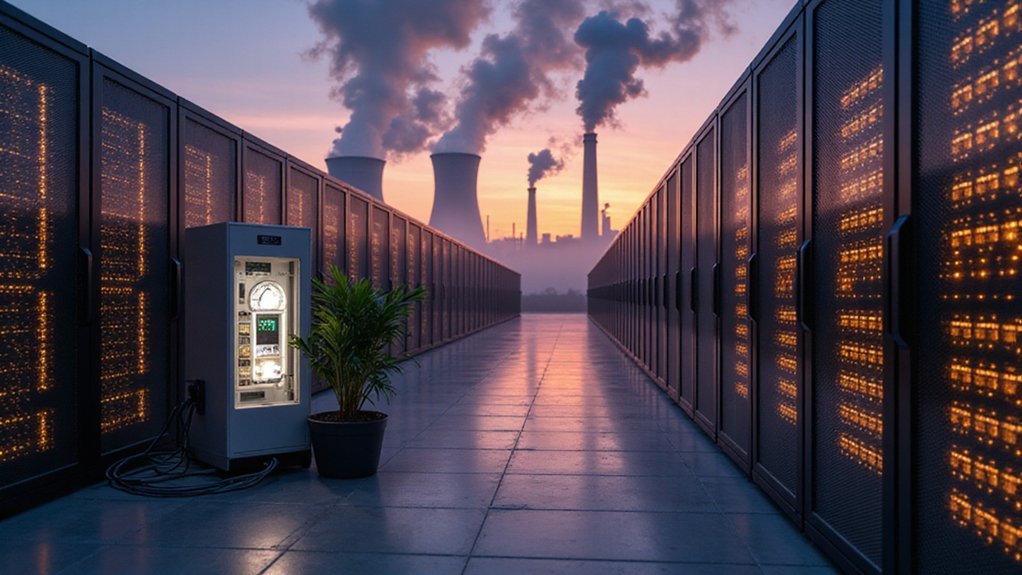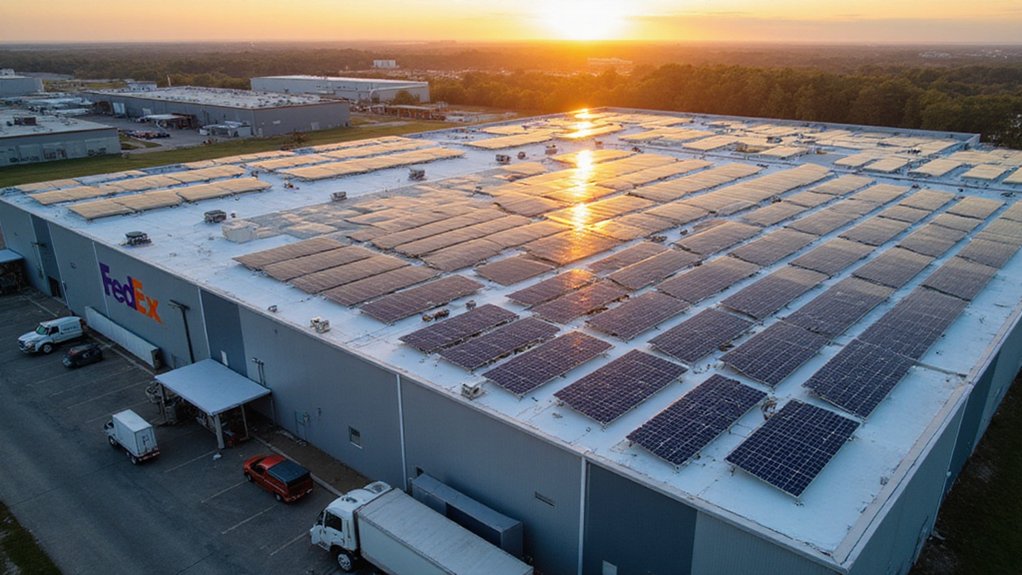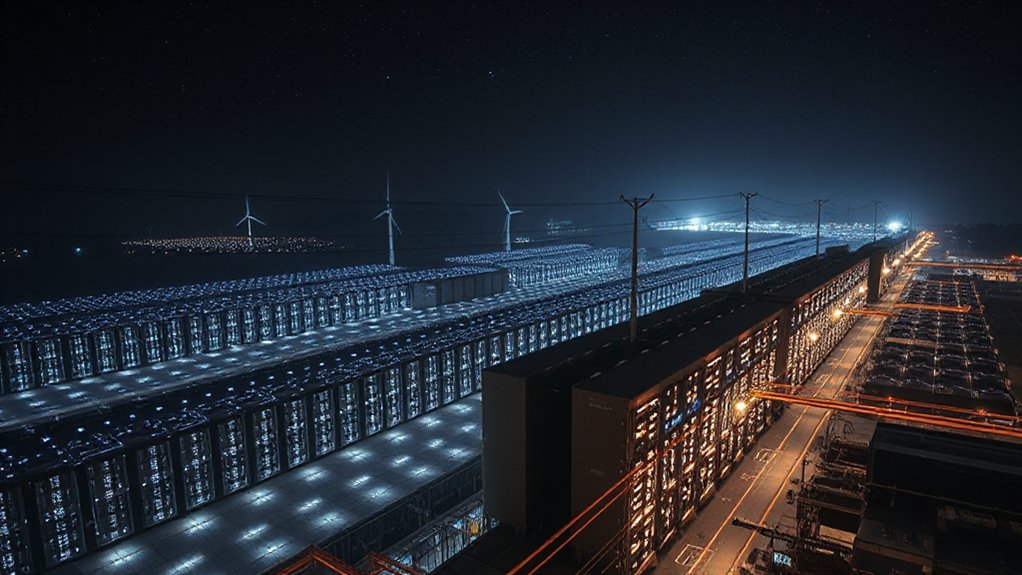While millions of people chat away with AI assistants like they’re texting a friend, each conversation quietly burns through energy at rates that would make a Google search blush. Every ChatGPT query pumps out 2 to 4.32 grams of CO₂ into the atmosphere. That’s at least 10 times more than a simple Google search, which releases a modest 0.2 grams. Fun fact: sixteen ChatGPT queries generate as much CO₂ as boiling a kettle for tea.
The numbers get worse when looking at the big picture. Someone using AI for ten queries daily racks up 11 kilograms of CO₂ annually. Multiply that by millions of users hammering these systems with trillions of monthly queries, and the environmental impact becomes staggering.
The training phase alone for these digital brains is obscene—GPT-3’s development consumed 1,287 megawatt-hours of electricity and belched out 502 tons of CO₂. That’s equivalent to 112 gas-guzzling cars driving around for an entire year. With computational power for AI doubling every 100 days, energy demands are skyrocketing to unsustainable levels.
GPT-3’s training devoured enough electricity to power 436 homes for a year while pumping out 502 tons of CO₂.
Size matters in the AI world, and not in a good way. Larger, more complex models demand exponentially more energy to operate. Those fancy reasoning-enhanced models that explain their thinking step by step? They can generate up to 50 times more CO₂ per query than their simpler cousins. A recent study found that the most accurate model, Cogito, emitted three times the CO₂ of similarly sized concise models despite its 84.9% accuracy rate.
Every token processed, every probability calculated—it all adds up to a massive energy bill that Mother Earth pays. The irony is thick. Companies tout AI as the future while their data centers gulp down electricity like there’s no tomorrow. The indirect costs pile on further—every GPU manufactured requires toxic chemicals and rare earth minerals ripped from the ground, leaving environmental scars long before the first query is processed.
Regional power grids make a huge difference too. An AI query powered by coal-heavy electricity creates far more emissions than one running on renewable energy. But transparency remains a joke—most developers keep their actual emissions data locked up tighter than state secrets.
Corporate deployments are making things worse, integrating chatbots into every conceivable business process. Each unnecessary use of an overpowered model for simple tasks is like using a sledgehammer to crack a nut, except the hammer runs on fossil fuels.
The hidden carbon footprint behind those helpful AI conversations isn’t so hidden anymore—it’s just inconvenient.
References
- https://www.sustainabilitybynumbers.com/p/carbon-footprint-chatgpt
- https://www.livescience.com/technology/artificial-intelligence/advanced-ai-reasoning-models-o3-r1-generate-up-to-50-times-more-co2-emissions-than-more-common-llms
- https://planbe.eco/en/blog/ais-carbon-footprint-how-does-the-popularity-of-artificial-intelligence-affect-the-climate/
- https://smartly.ai/blog/the-carbon-footprint-of-chatgpt-how-much-co2-does-a-query-generate
- https://thesustainableagency.com/blog/environmental-impact-of-generative-ai/








